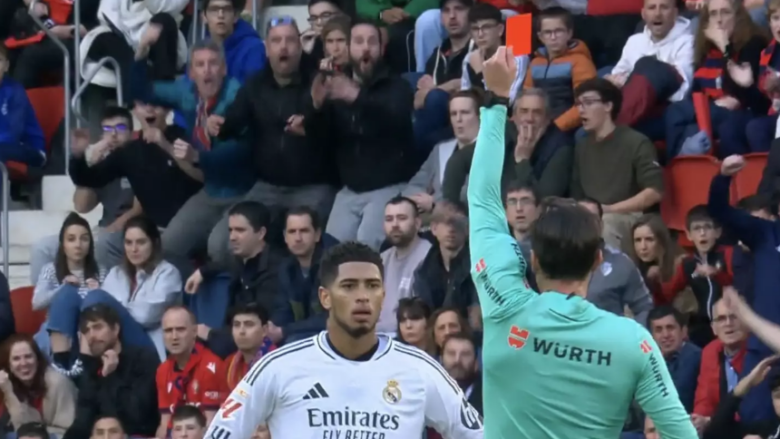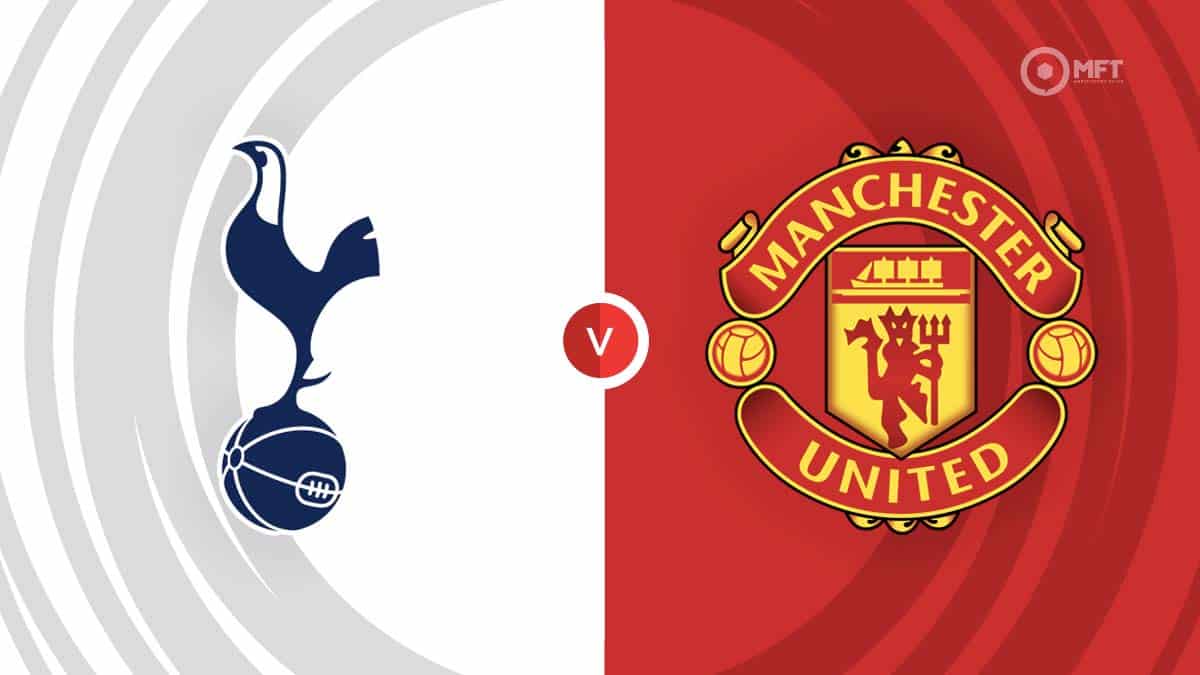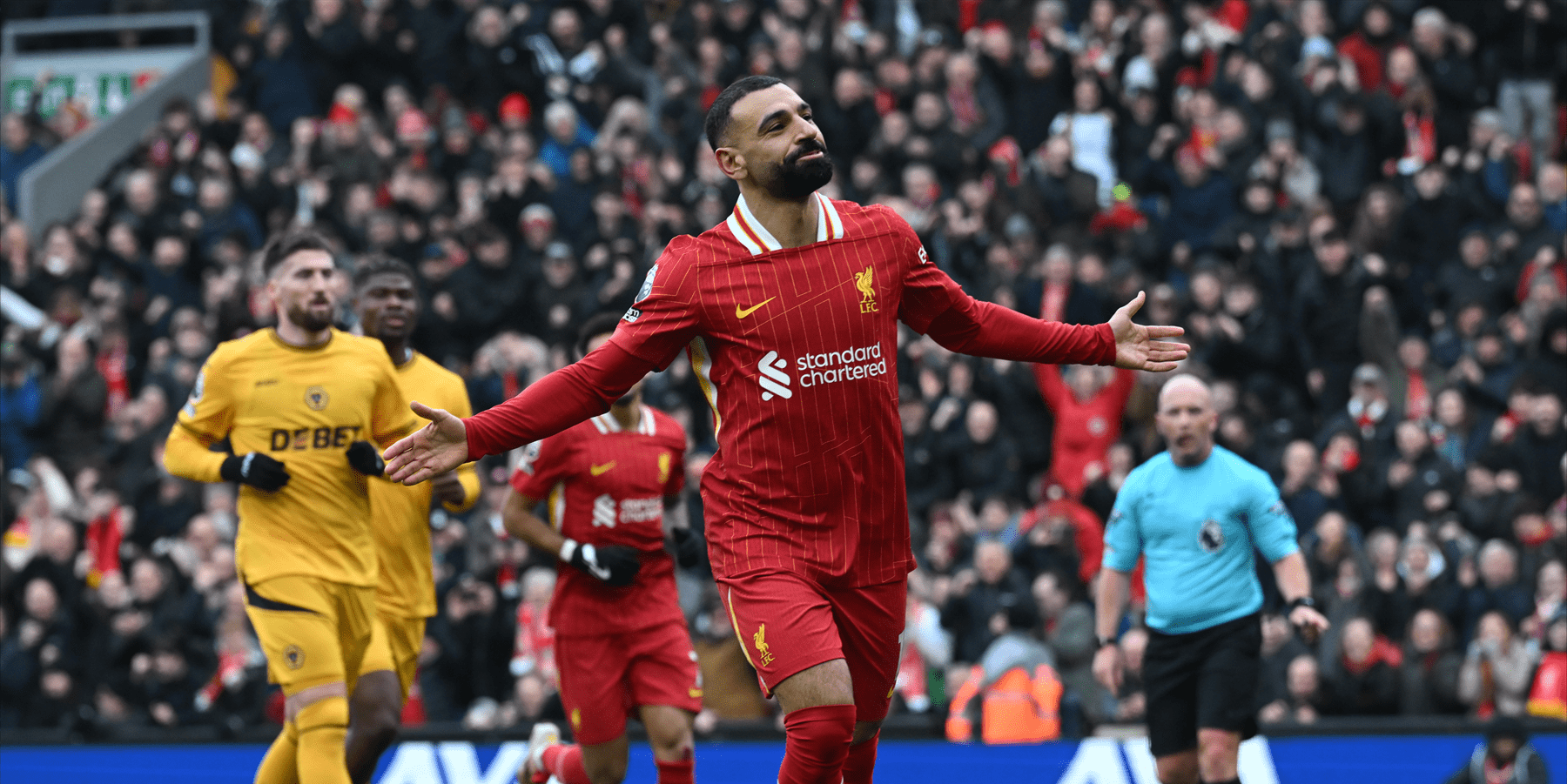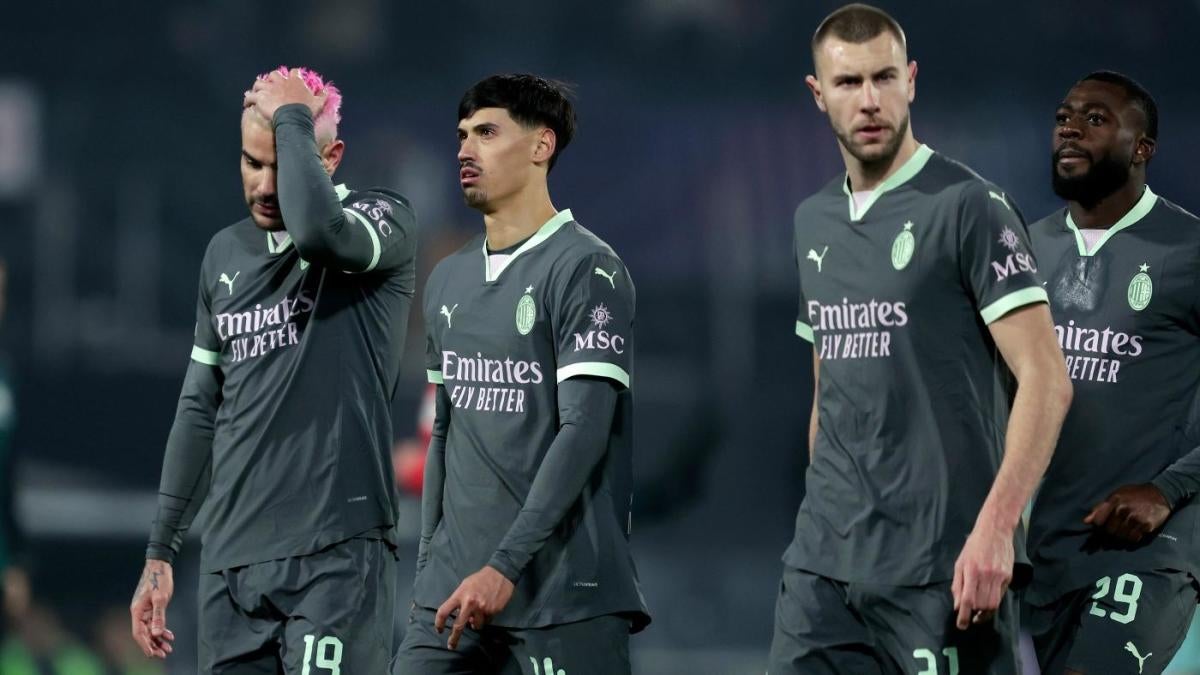 Champions League
Champions League

 Conference League
Conference League

 Premier League
Premier League

Published on Feb, 14 2025
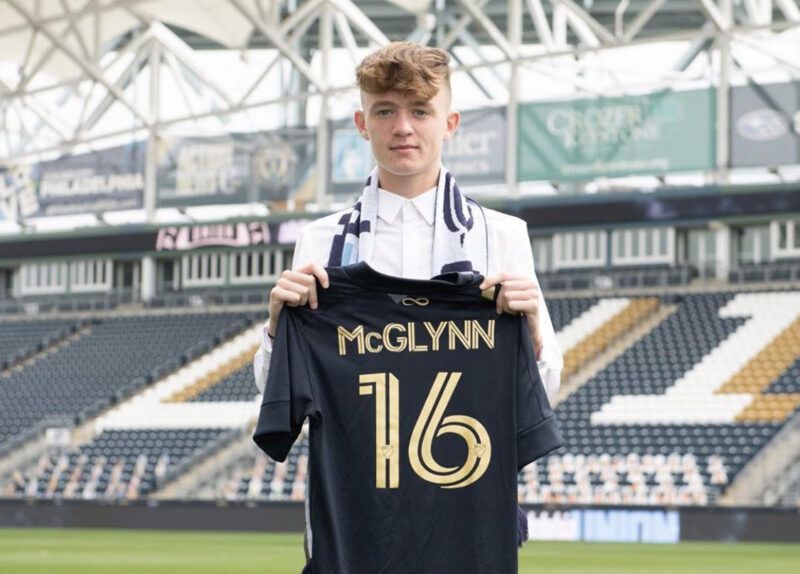
MLS’s ‘Cash-for-Player’ Rule Could Reshape the League’s Future
In any other Major League Soccer offseason, Jack McGlynn would likely have made the jump to Europe. As one of the best young American midfielders in the league, that path seemed inevitable. But this offseason was different—McGlynn didn’t go overseas. Instead, he landed in Houston.
The Houston Dynamo utilized a groundbreaking new rule introduced by MLS last month—the 'cash-for-player' trade. This mechanism allowed them to sign McGlynn for an initial $2.1 million. It’s the same rule that saw FC Cincinnati sell former MVP Luciano Acosta to FC Dallas for $5 million and Sporting KC secure striker Dejan Joveljić from the LA Galaxy for $4 million.
"Without this new rule, there’s no way Dejan would be with us," said SKC sporting director Mike Burns.
For years, MLS has been a seller’s league, exporting top talents like Thiago Almada (Atlanta United → Botafogo/Lyon), Diego Gómez (Inter Miami → Brighton), and Cucho Hernández (Columbus Crew → Real Betis). Before them, players like Miguel Almirón and Taty Castellanos followed similar paths, boosting MLS’s global reputation while filling club coffers.
However, the cash-for-player rule, combined with the U22 initiative and homegrown player regulations, is redefining player movement in MLS. While Europe will always be an option, this rule provides an alternative—keeping top-tier talent within the league.
The Biggest MLS Rule Change Since ‘The Beckham Rule’?
When MLS introduced the Designated Player (DP) Rule in 2007, dubbed the ‘Beckham Rule,’ it changed the game—allowing clubs to sign global stars. The cash-for-player mechanism could be the most significant shift since then.
Previously, intra-league trades revolved around complicated allocation money (GAM and TAM) exchanges. MLS’s byzantine roster rules made transfer gossip a headache. Now? The process is much simpler and more exciting—like it is in Europe’s top leagues.
"Transfer rumors are a sport of their own," and they drive fan engagement, which is why insiders like Fabrizio Romano have built massive followings. MLS’s old system made it nearly impossible for casual fans to follow trade news. Now, that could change.
More Flexibility—But Is It Enough?
Some critics argue MLS still hasn’t gone far enough. Many wanted sweeping reforms after Lionel Messi’s blockbuster arrival at Inter Miami. While the salary cap remains a constraint, this new rule provides much-needed flexibility.
And as global leagues struggle with wealth disparity (with Bayern Munich and Manchester City dominating their leagues for over a decade), MLS’s parity model remains a unique selling point.
The cash-for-player mechanism won’t necessarily make teams stronger overnight, but it spreads talent more evenly across the league. In the NFL and NBA, every team has at least one superstar, making games more competitive. MLS could be heading in that direction.
What Comes Next?
The true impact of this rule won’t be fully understood for a few seasons. MLS clubs are still adjusting to how it fits into their long-term roster strategies. But the early signs suggest that most clubs are already taking advantage of it.
For players, the benefits are huge. Those sold under the new rule receive 10% of the transfer fee. They also have more freedom to choose teams that fit their playing style.
Take McGlynn, for example—his high-pressing struggles at Philadelphia made him a poor tactical fit. But in Houston, he’s joining a team that suits his ball-playing abilities.
According to an MLS Players Association spokesperson, “This is a step toward bringing MLS’s player movement standards in line with international norms.”
The league has also aligned its transfer window with Europe’s, allowing for smoother moves. The 'off-roster homegrowns' tweak will help young talents transition from MLS Next Pro into the first team.
With all these changes, don’t be surprised if teams start making bold moves. Who knows? Maybe Real Salt Lake will bid for Messi next.
Editors Top Picks

